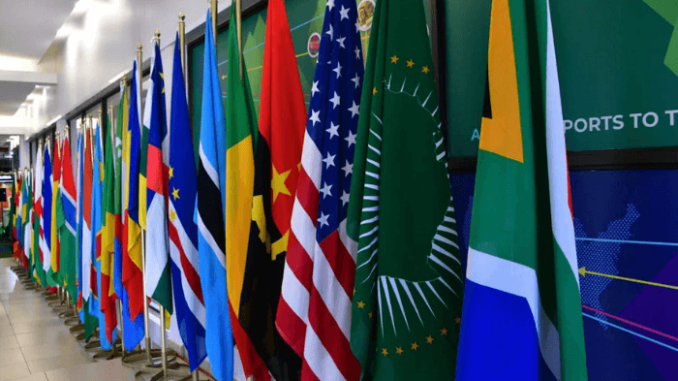
U.S. President Donald Trump has introduced on April 2 a bold set of tariffs, including a 34% levy on imports from China and a 20% tax on goods from the European Union, marking a significant escalation in global trade tensions.
The new measures also extend to Ghana, which will face a 10% import tax across all goods, intensifying pressure on global supply chains. Speaking from the Rose Garden, Trump justified the tariffs as a necessary response to what he described as decades of economic exploitation by foreign nations, aiming to revitalise domestic manufacturing and protect U.S. taxpayers from unfair trade practices.
The announcement has already triggered sharp declines in U.S. stock markets as concerns mount over the potential economic fallout. Economists are forecasting that rising prices on essential goods, such as housing, vehicles, and clothing, could lead to an economic slowdown, both in the U.S. and globally. Olu Sonola of Fitch Ratings has warned that the new tariffs could push the average U.S. tariff rate from 2.5% in 2024 to 22%, potentially leading to a global recession. Critics are drawing comparisons to the Smoot-Hawley Tariff Act of 1930, which worsened the Great Depression by sparking a global trade war.
The tariffs have prompted fears of retaliatory measures from affected nations, including the European Union and Ghana, potentially escalating the trade conflict further. While Canada and Mexico are exempt, China faces not only the 34% tariff but an additional 20% penalty tax due to its role in fentanyl production. Despite growing opposition, including concerns from Republican lawmakers, the Trump administration remains steadfast, claiming the tariffs will generate substantial revenue and restore fairness to global trade. However, the long-term economic impact, particularly on developing nations like Ghana, remains uncertain, with many fearing a significant destabilisation of trade relationships.
